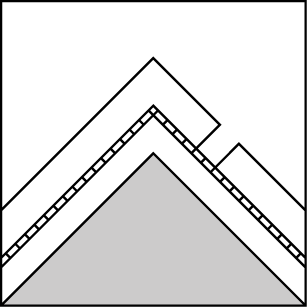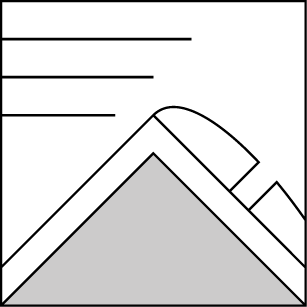Basic Information
Observation Details
Observation Date:
February 7, 2023Submitted:
February 7, 2023Observer:
SAC - Davis, VandenBosZone or Region:
Galena Summit and Eastern MtnsLocation:
4th of July (N-E-S, 6,800-10,600')Signs of Unstable Snow
Recent Avalanches?
YesCracking?
IsolatedCollapsing?
None ExperiencedSnow Stability
Stability Rating:
GoodConfidence in Rating:
HighStability Trend:
SteadyBottom Line
Wind affected terrain is where you'll find trouble here. This could be thin, smaller drifts from Sunday's storm or old hard slabs that sit atop facets in wind-sculpted alpine terrain. Triggering an avalanche in wind sheltered terrain seemed unlikely. Weak snow at the surface looked most problematic on sunnier slopes with multiple crust + facet layers in the upper 25 cm. I'd expect one of these layers to produce avalanches when loaded.
Media/Attachments
Advanced Information
Weather Summary
Cloud Cover:
Mostly CloudyWind:
Light , NWNew/Recent Snowfall:
HST = 2 cm (truck), 15 cm (upper elevation) since 2/5Mostly clear in the morning with some thin clouds throughout the day. There was a good bit of diffuse sun but surfaces remained cool. Clouds thickened, and it looked like it was lightly snowing the Sawtooths by early afternoon. Wind blew light from the NW. No blowing snow was observed.
Avalanche Observations
| # | Date | Location | Size | Type | Bed Sfc | Depth | Trigger | Photos | Details |
|---|---|---|---|---|---|---|---|---|---|
| 1 |
Feb 5, 2023 (+/- 1 day) |
Blackman Peak S 9800ft |
D2 | SS-Soft Slab | N-Natural | Report |
| # | Date | Location | Size | Type | Bed Sfc | Depth | Trigger | Comments | Photo |
|---|---|---|---|---|---|---|---|---|---|
| 10 |
4th of July Ck S 8,000-9,000' |
D1.5 | L | N-Natural | Numerous sun-induced loose snow avalanches on the S-facing slopes along 4th of July Ck. | None |
Snowpack Observations
SE aspects (7,800' HS = 50-80 cm | 9,700' HS = 150 cm) were the most interesting to look at. There were multiple crusts of varying thicknesses in the upper 25 cm, often collocated with facets. I'd expect these layers to produce avalanches when loaded by wind + snow. Below the crusts, the most notable layer was of small facets down 30 cm. Snowpack tests in the upper 1 m produced only ECTNs.
NW @ 9,500', HS = 160 cm, Sheltered shaded slope: No interesting layers here. There were no near-surface crusts. Snowpack tests produced ECTNs on a couple of non-descript weak layers that were hard to see in the pit wall. (11/27) was down 130 cm here and showed signs of rounding.
Avalanche Problems
| Problem | Location | Distribution | Sensitivity | Size | Comments |
|---|---|---|---|---|---|
 Persistent Slab
Persistent Slab
|
|
Comments: I'd suspect some steeper sunnier slopes could still produce avalanches on crust + facet layers in the upper snowpack. However, I think the main problem is the vast amount of heavily wind-affected terrain in this area. Most slopes above about 8,800' showed scour and loading patterns. It's anyones guess what "layer" these slabs would fail on, but there was a lot of terrain where it seemed possible to trigger a hard slab over facets from a thinner margin. |
|||
 Wind Slab
Wind Slab
|
|
Layer Depth/Date: 20-50 cm Comments: Small drifts we encountered were already bonding. Some natural wind slabs were observed including cross-loaded N-facing terrain and one large slide on the S face of Blackman Peak. |
Terrain Use
We avoided avalanche terrain.
